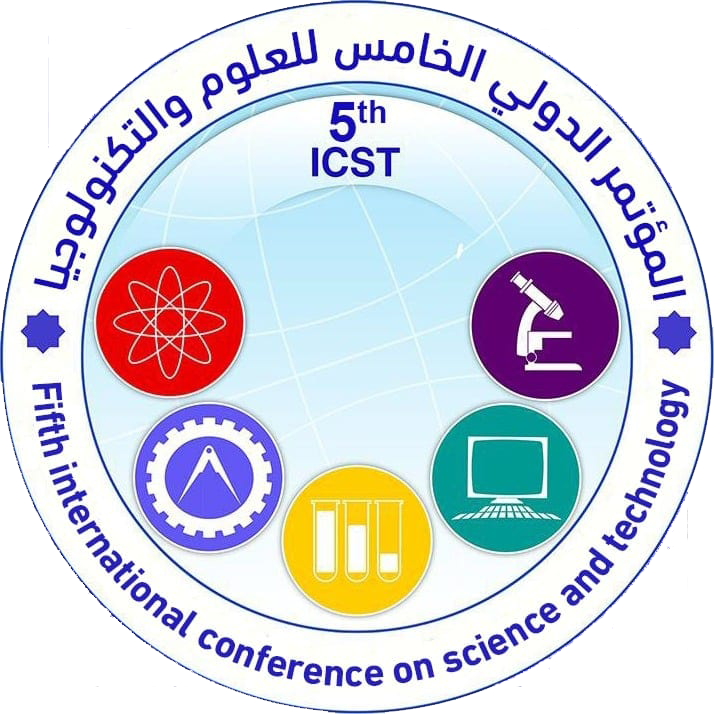Histopathological Changes in Rat Testes Induced by Potassium Bromate and Potential Ameliorative Effects of Ruta chalepensis Oil Extract
Abstract
Potassium bromate (KBrO3) is used as a food additive mainly in the bread-making process. Ruta chalepensis (R. chalepensis) is an excellent and valuable bioactive plant that produces a range of complex flavonoids. The present study was aimed to investigate the possible protective and therapeutic effect of R. chalepensis against KBrO3 toxic effects on rat testis using histopathology investigation. Fifty adult male albino rats were used in the present study. The rats were divided into five groups each containing 10 rats. First group was kept as control, second group received oil extract of R. chalepensis, third group was treated with KBrO3, forth group (Protective group) and fifth group (Therapeutic group). All groups of animals were sacrificed at 2 and 4 weeks. The results of the present study showed that the administration of R. chalepensis caused disarrangement of spermatogonia throughout the lumen of seminiferous tubule. Additionally, abnormal widening of interstitial spaces with degeneration of interstitial cells. There was necrosis to the spermatocytes with inhibition of the spermatogenic process. KBrO3 group showed necrosis of seminiferous tubule, loss in some spermatogenic cells. There were fibrous stroma between the seminiferous tubules. Also revealed vacuolation, edematous, hyalinization and loss of interstitial connective tissue cell with haemorrhage between seminiferous tubules. Protective group showed seminiferous tubule atrophy, disrupted germ cell layers and disappearance of Leydig cells. The therapeutic group, showed interstitial hemorrhage, with necrosis in spermatogonia and vacuolation. It may be concluded that KBrO3 is toxic to testis and R. chalepensis at the tested dose is not beneficial as protective and curative agent.
Full text article
Authors
Copyright (c) 2022 Journal of Pure & Applied Sciences

This work is licensed under a Creative Commons Attribution 4.0 International License.
In a brief statement, the rights relate to the publication and distribution of research published in the journal of the University of Sebha where authors who have published their articles in the journal of the university of Sebha should how they can use or distribute their articles. They reserve all their rights to the published works, such as (but not limited to) the following rights:
- Copyright and other property rights related to the article, such as patent rights.
- Research published in the journal of the University of Sebha and used in its future works, including lectures and books, the right to reproduce articles for their own purposes, and the right to self-archive their articles.
- The right to enter a separate article, or for a non-exclusive distribution of their article with an acknowledgment of its initial publication in the journal of Sebha University.
Privacy Statement The names and e-mail addresses entered on the Sabha University Journal site will be used for the aforementioned purposes only and for which they were used.





